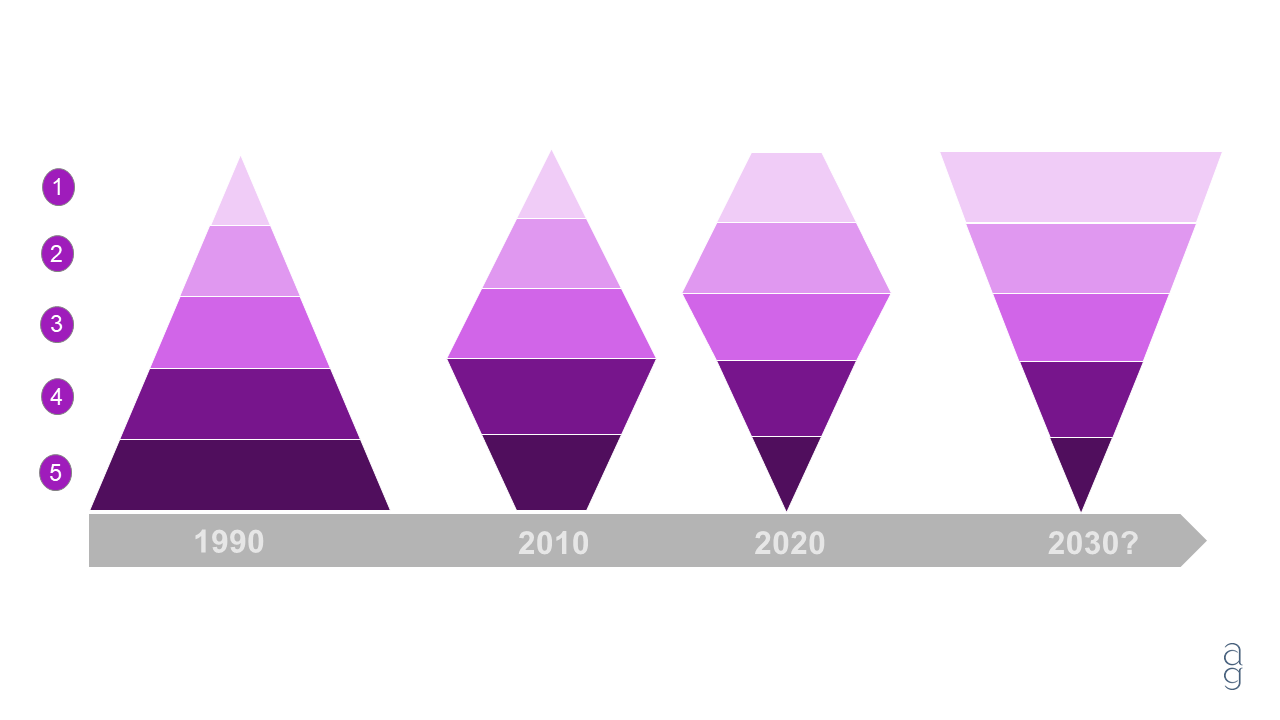As part of the consultation on Developing the UK Emissions Trading Scheme (UK ETS), the UK Government is seeking evidence on whether the UK ETS should be expanded to include waste incineration and energy from waste (EfW) plants.
Current position
Currently, the UK ETS rules relevant for incineration are:
- Only installations that combust fuels above a 20 MWth threshold are caught.
- There are simplified schemes for:
- Hospital and Small Emitters (HSE) - this covers hospitals and installations that emit less than 25,000 tonnes of carbon dioxide (or its equivalent for other greenhouse gases) each year and have a thermal input, if applicable, of less than 35MW. These installations are still required to reduce their emissions through a system of emissions targets.
- Ultra Small Emitters (USE) – this covers installations that emit less than 2,500 tonnes of carbon dioxide (or its equivalent for other greenhouse gases) each year. These installations are still required to monitor their emissions.
- Installations whose primary purpose is the incineration of hazardous or municipal waste are excluded from the UK ETS.
Proposed change and rationale
The Government are consulting on whether to expand the UK ETS to cover waste incineration and EfW. This comes out of the Committee on Climate Change (CCC)'s 2021 progress report which stressed that Government needs to “address with urgency the rising emissions from, and use of, Energy from Waste”. The report recommended that Government consult in 2022 on the introduction of a carbon tax (either as part of the UK ETS or a separate instrument) aimed at curbing rising emissions from EfW.
In 2019 EfW plants emitted 6.2 MtCO2e, representing around 1% of total UK emissions. But emissions from EfW plants increased by 12% in that year, leading the CCC to be concerned that if EfW usage continues to rise unchecked, then its emissions will exceed the CCC pathway while potentially undermining recycling and re-use efforts.
Incineration of waste at plants that do not recover energy represented 0.3 MtCO2e in the 2019 Greenhouse Gas Inventory.
EfW, waste incineration and the waste hierarchy
The Waste Management Plan for England 2021 contains this diagram showing the Waste Hierarchy, which is both a guide to sustainable waste management and a legal requirement, enshrined in law through the Waste (England and Wales) Regulations 2011. The focus is on moving up the hierarchy over time.

© DEFRA, January 2021. Contains public sector information licensed under the Open Government Licence v3.0. To view this licence, visit https://www.nationalarchives.gov.uk/doc/open-government-licence/
1. Prevention – using less material in design and manufacture. Keeping products for longer; reuse. Using less hazardous materials.
2. Preparing for reuse – checking, cleaning, repairing, refurbishing, whole items or spare parts.
3. Recycling – turning waste into a new substance or product. Includes anaerobic digestion and composting.
4. Other recovery – includes materials from waste and some landfilling; also co-incineration plants, and incineration plants (including gasification and pyrolysis) that have R1 status.
5. Disposal – includes landfill, and incineration plants (including gasification and pyrolysis) that don't have R1 status.
['R1' Recovery status is the definition in the revised Waste Framework Directive for a ‘recovery’ operation. For municipal waste incinerators this is based on a calculation of a plant’s efficiency in converting tonnages of municipal waste to energy. Plants operating at or above the stipulated thresholds can be classified as ‘recovery operations’ for the purposes of the waste hierarchy. Incinerators operating below the threshold are classed as ‘disposal’.]
The principal purpose of EfW is to reduce the amount of residual waste going to landfill and to recover some value from waste as a resource. This is in accordance with the Waste Hierarchy and facilitates the recovery of energy products from waste such as electricity, heat, or renewable transport fuels. Energy recovery should only use materials that cannot be re-used or recycled with a smaller environmental impact, and would otherwise go to landfill.
As of December 2020, there were 52 fully operational EfW plants in the UK according to data from Defra. It is estimated that the total power generated by EfW plants in the UK in 2020 was 7,762 GWh, approximately 2.5% of total UK generation of 311,997 GWh.
EfW (even in electricity-mode only) is less carbon intense when processing municipal waste when compared to landfill (landfill emitted 14.2 MtCO2e in 2019). If heat from the EfW process is utilised, EfW is an even better option.
- Monitoring, reporting and verification (MRV) of emissions
Some waste, e.g. food, originate from biological sources, (plants), and the carbon stored in them is known as biogenic carbon. Some of the waste materials, including plastics, are made from fossil fuels (such as oil) and the carbon stored in them is known as ‘fossil carbon’. Some waste material contains a mixture of biogenic and fossil carbon (for example, clothes contain cotton/polyester mixes), while other wastes will contain little or no carbon (e.g. metals). It is important to understand if carbon in waste is biogenic or fossil in origin for two reasons: (i) biogenic and fossil waste behave differently in landfill (for example, plastic does not generally decompose whereas biogenic material releases methane), and (ii) biogenic and fossil carbon are accounted for differently in terms of their contribution to global emissions. The IPCC have agreed conventions for accounting for biogenic and fossil carbon emissions which are applied in UK standards.
The consultation proposes that incineration of fossil material (but not biogenic material) by all waste incinerators should fall within the UK ETS. This means the UK ETS obligation for robust monitoring, reporting and verification (MRV) would be placed on all operators of waste incinerators. For EfW, this would mean conventional incineration and ATT/ACT (pyrolysis/gasification) would fall under the scope of the UK ETS and pay a carbon price according to their greenhouse gas emissions.
The Government are still to decide whether the UK ETS should only apply to waste installations above the current 20MWh threshold, or to all installations. Where incinerating waste is the best and only legal option (e.g. to destroy harmful pathogens in certain healthcare wastes) then the extent to which carbon pricing should apply to these waste streams and facilities processing these waste streams will need to be carefully considered.
The Government is proposing two options to determine UK ETS monitoring, reporting and verification (MRV) of fossil content emissions:
A: Individual plant monitoring: individual operators would need to determine the ratio of fossil and biogenic CO2 that is being emitted from their plants.
B: Emissions factor approach: using an estimate for the composition of waste (an 'emissions factor') which could be national or regional, or each plant could derive their own emissions factor based on international standards for sample collection, preparation and analysis, then multiplied by the tonnes of waste that the plant processes. This is a simpler method than Option A but the composition could vary significantly within and between plants and so this approach may not provide an appropriate incentive to reduce fossil content of waste.
- Potential impacts of applying the UK ETS to waste incineration and EfW
The consultation recognises there could be good and bad impacts on the waste industry and the overall objective of reducing carbon emissions if all waste incineration and EfW plants are brought within the UK ETS, such as:
- It could disrupt the waste hierarchy by sending more waste to landfill or increasing exports of waste
- It may also result in increased recycling , although there would need to be recycling infrastructure to support this
- The extra costs of complying with the UK ETS could be passed from waste/EfW plants to local authorities, many of whom have long-term contracts with such plants, and ultimately the consumer.
Applying the UK ETS to waste plants will mean they look at how they could reduce their emissions and so avoid paying the UK ETS carbon price on CO2 emissions from waste. Options could include:
- Removing fossil carbon content from the waste stream prior to combustion (e.g. through more recycling or by enhancing the pre-treatment of waste to reduce fossil plastic in the waste stream). This is a costly and intensive process, but the UK ETS could provide a long-term investment incentive.
- Fitting carbon capture and storage (CCS) on EfW plants: they can apply for support under the Industrial Carbon Capture business model for Phase 2 of the CCUS Cluster Sequencing process.
- Raising the efficiency of conventional EfW plants by more heat offtake, or by potentially encouraging residual waste to be recovered in a way which lowers overall carbon emissions, such as chemical recycling.
When is all this likely to happen?
The Government is looking at the mid-late 2020s to expand the UK ETS to waste incineration and EfW.
Conclusion
As articulated in the Local Government Association's Response to the consultation https://www.local.gov.uk/parliament/briefings-and-responses/lga-response-consultation-developing-uk-emissions-trading-scheme, there is a strong argument that it is too early to expand the UK ETS to EfWs and the focus for now should remain higher up the waste hierarchy, on prevention and reuse. The Extended Producer Responsibility Scheme should reduce non-recyclable packaging, whilst the Deposit Return Scheme is designed to reduce the amount of plastic in residual waste. These schemes, along with the tax on single use plastic and other initiatives should be allowed to bed in, and their impact assessed before a decision is taken on whether it is necessary to extend UK ETS to waste incineration. This will avoid a further financial burden on local authorities, and ultimately consumers which will not necessarily reduce emissions from EfW plants, certainly in the short term.


Alexander Sarac
Partner, Infrastructure Projects & Energy
Kingdom of Saudi Arabia / Germany


